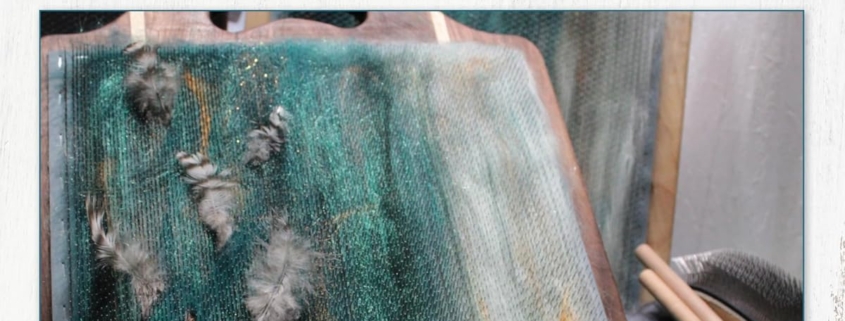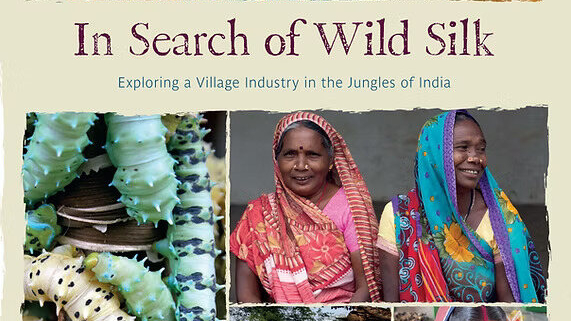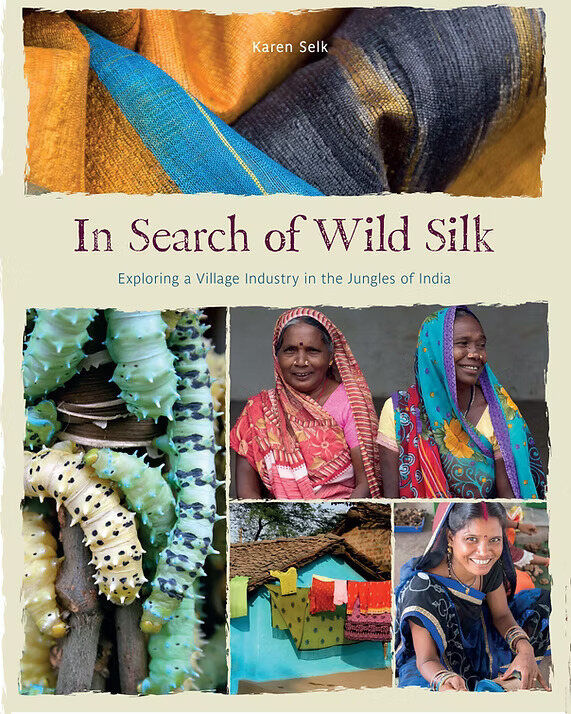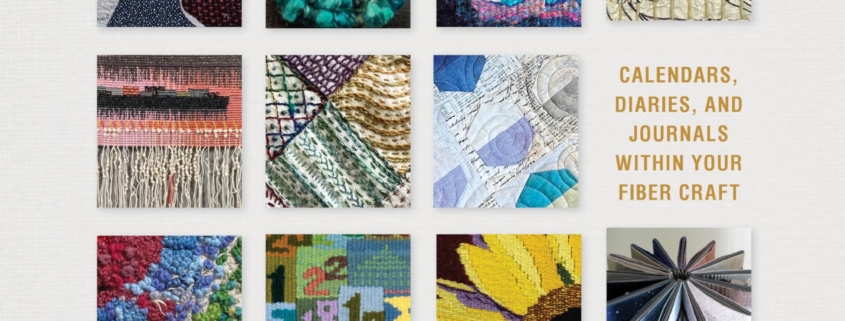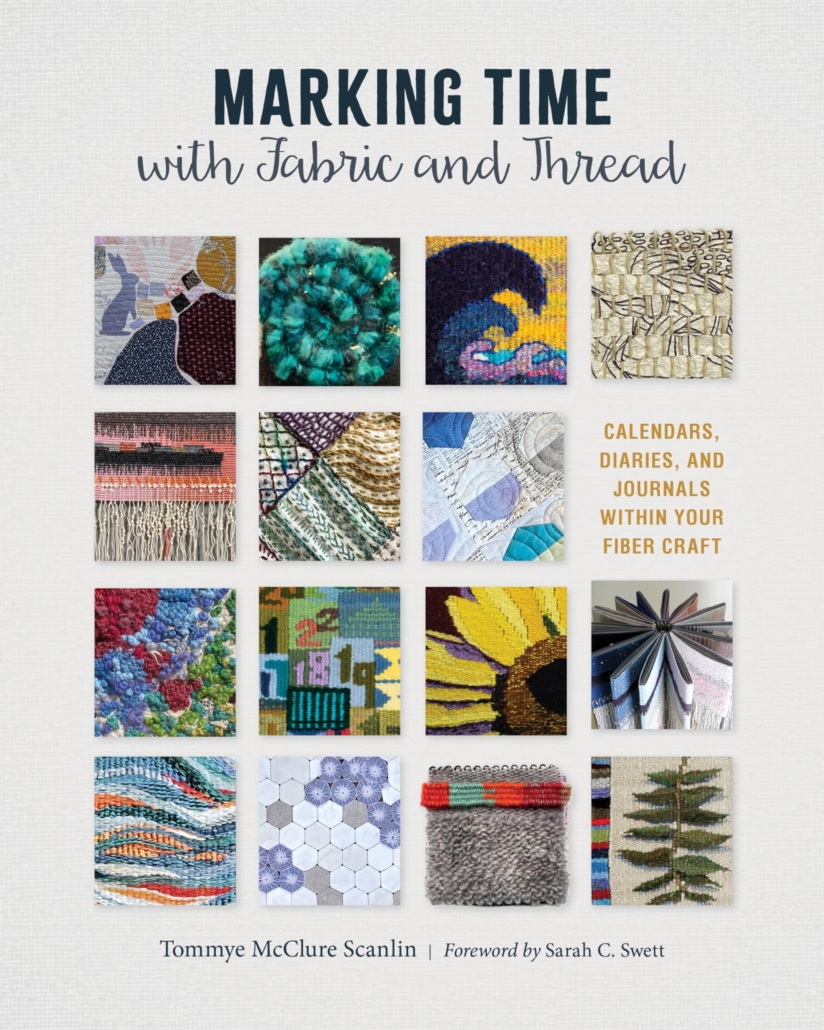Book Review: The Spinner’s Blending Board Bible by Debbie Held
The Spinner’s Blending Board Bible: From Woolen to (Nearly!) Worsted and Everything in Between
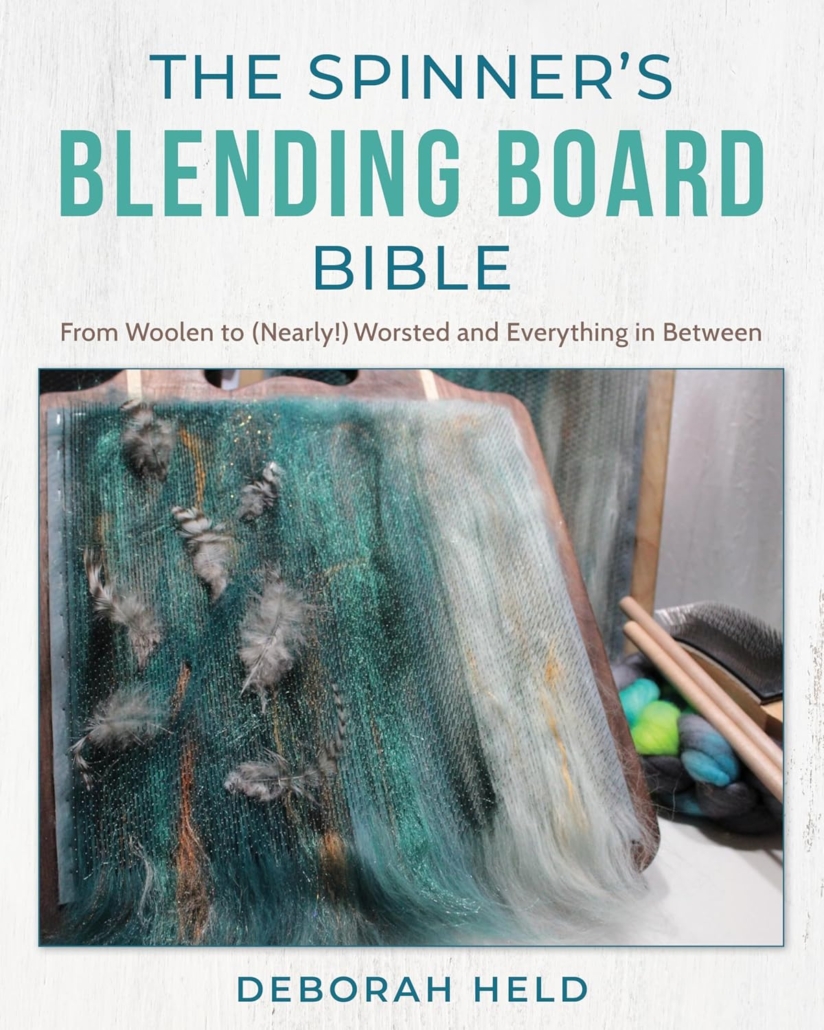
by Deborah Held
Stackpole Books
$32.95, hardcover 8.2 x 10.1 with 136 pages
Published: April 1, 2025
Buy now at Bookshop.org
Review by Jillian Moreno
I’ve noticed that spinners are more interested in fiber preparation lately, both working from fleece and the fiber fun of creating batts and rolags.
The Spinner’s Blending Board Bible has come out at a perfect time, and it fills a gap in the spinning book world, since there are few blending board specific resources.
You might know Debbie Held from her articles in PLY, Spin Off, her classes via The School of Sweet Georgia, or her in person classes. She’s been teaching and writing about fiber for many years.
This book is most suited to spinners who have never used a blending board through intermediate blenders. Though there are plenty of tips and tricks, and just good reminders for advanced blending board folk.
Debbie covers the nuts and bolts of blending boards, how they are made, carding cloth, the tools needed, and the tools that just make everything easier, step by step directions on how to use a blending board at its most basic, even has instructions for a DIY blending board, and shows ways to use your board that you may not have thought of.
Tools in hand, the next step is to make excellent preparations. She makes a clear distinction between rolled preparations (rolags, punis, etc), the ones most spinners think of when using a blending board, and batts and pulled preparations (roving, sliver, and cloud).
The technique of each style is covered in detail – best practices, tools, fibers, blends, more woolen or worsted leaning, and troubleshooting. Debbie’s teaching style is encouraging and she works in a practical step by step method. A complete novice could pick up this book and make beautiful preparations to spin in no time.
Tools and techniques mastered; the fun begins. The delight of this book lies in all of the ways to make beautiful color combinations. Debbie presents a myriad of ways to work with color, tweed, heather, fractals, stripes, color blocking, smooth vs textured color, garneting, layering, flecks, vertical and horizonal gradients, add-ins, plus variations on most.
This book is full of inspiration, creativity, and good instruction, so much so I couldn’t read it all the way through in one sitting. I had to stop, get out my blending board to play with the techniques.

